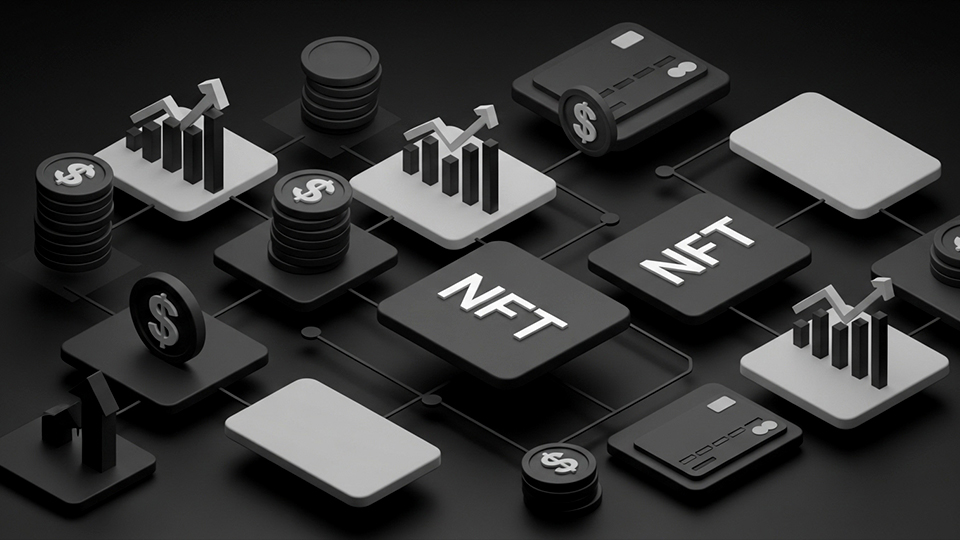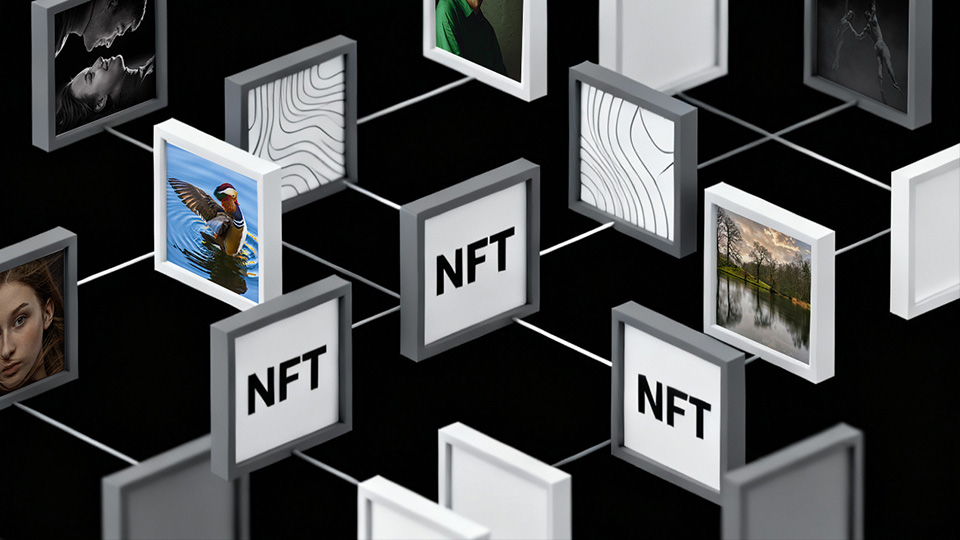Crypto Security in 2025: Protecting Against Hacks, Scams, and Rug Pulls
The cryptocurrency industry has experienced rapid growth over the past decade, attracting a diverse range of participants—from individual investors to institutional players. By 2025, this system is projected to be even more integrated into mainstream finance and technology. However, with increasing adoption comes heightened security challenges. Hacks, scams, and rug pulls remain prominent threats, with attackers constantly evolving their tactics. To safeguard digital assets, stakeholders must understand these risks and implement comprehensive security measures.
Understanding the Threats
Hacks:
Cyberattacks continue to pose a significant risk to the crypto industry. Hackers exploit vulnerabilities in exchange platforms, wallets, and decentralized applications (dApps). Common attack vectors include phishing, malware, social engineering, and exploiting coding flaws in smart contracts. As blockchain technology becomes more sophisticated, attackers use AI and automated tools to identify weaknesses at scale. Notable breaches have led to losses amounting to billions of dollars globally, undermining user trust.
Scams:
Scams in crypto often target new users attracted by the promise of high returns. These schemes include phishing emails that steal login credentials, Ponzi and pyramid schemes that collapse when new investments stop, fake ICOs that disappear after raising funds, and impersonation scams where fraudsters pretend to be reputable figures or companies. The decentralized and pseudonymous nature of crypto can make enforcement and recovery difficult once victims fall prey.
Rug Pulls:
Predominantly seen in DeFi projects, rug pulls occur when developers raise funds from investors and then suddenly withdraw liquidity or drain the project’s treasury. This leaves token holders with worthless assets. Many rug pulls exploit anonymous teams, insufficient audits, and poorly designed smart contracts, highlighting the importance of transparency and due diligence.
Key Measures to Enhance Crypto Security in 2025
1. Robust Smart Contract Audits
Smart contracts underpin many blockchain applications but can contain coding errors or logic flaws. Independent audits by specialized cybersecurity firms review code for vulnerabilities and recommend fixes. In 2025, automated audit tools combined with human expertise will be standard practice to reduce risk. Continuous monitoring post-deployment is also critical as new exploits can emerge.
2. Multi-Factor Authentication (MFA) and Hardware Wallets
MFA adds a second layer of protection, requiring users to verify identity via a separate device or app. Hardware wallets store private keys offline in secure hardware devices, reducing exposure to online hacks or malware. These security layers protect against credential theft and unauthorized transactions, especially for high-value accounts.
3. Regulatory Compliance and KYC/AML Procedures
Global regulators are increasingly focused on cryptocurrency platforms to combat fraud, money laundering, and terrorism financing. Platforms implementing robust KYC (Know Your Customer) and AML (Anti-Money Laundering) procedures not only comply with regulations but also reduce the risk of facilitating illicit activities. This builds a safer space and boosts institutional confidence.
4. Education and Awareness
Many security incidents stem from human error or lack of awareness. Comprehensive education campaigns targeting all user levels help individuals recognize phishing attempts, verify legitimate projects, and practice safe wallet management. Platforms offering clear guidance and regular security updates empower users to protect their assets effectively.
5. Decentralized Identity Solutions
Decentralized Identity (DID) technologies enable secure, user-controlled digital identities without centralized databases that are vulnerable to hacks. By integrating DID, platforms can reduce impersonation risks and improve authentication processes, making online transactions more trustworthy while preserving user privacy.
6. Transparency and Open Source Development
Open-source software allows public inspection of code, enabling communities to identify bugs or malicious code early. Transparent governance structures with clear accountability encourage responsible project management. In 2025, projects with transparent practices and community oversight will gain greater trust and adoption.
7. Insurance and Risk Mitigation Products
Crypto insurance products are becoming more prevalent, offering coverage against hacks, theft, and smart contract failures. These financial safeguards help individual investors and institutions manage risk, providing some financial recovery options after security incidents. Continued innovation in insurance policies will increase security confidence in the market.
Future Outlook
The security landscape of cryptocurrency will remain a dynamic battlefield. As blockchain technology advances, so do the tools and tactics used by attackers. In response, developers, exchanges, regulators, and users must collectively prioritize security through innovation, regulation, and education. The adoption of decentralized identity, improved auditing practices, and regulatory frameworks will play key roles in reducing vulnerabilities. By remaining vigilant and proactive, the crypto industry can build a safer environment conducive to sustainable growth and wider adoption by 2025 and beyond.





